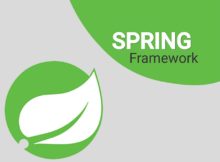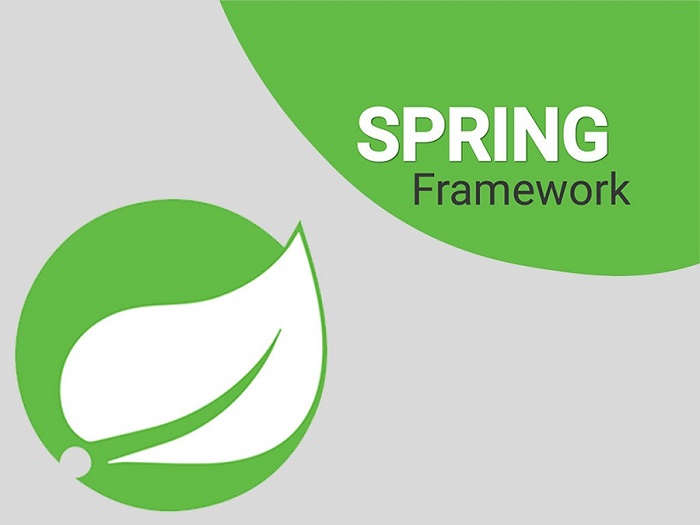Zero-day RCE (Remote Code Execution) susceptibility has come to be exposed in the Spring framework. The incident was reported after a Chinese security research team leaked a detailed PoC (Proof-of-Concept) attack on GitHub prior to deleting the user’s account.
A cyber security firm Praetorian enabled an unverified hacker to execute an invalid code on the target system. The capitulated problem obstructed or jammed Spring Core on JDK (Java Development Kit) version 9 and later. It was also considered a bypass for another exposure traced as CVE-2010-1622. It is noteworthy that Spring is a software framework to create Java applications.
Spring includes web apps on top of the EE (Enterprise Edition) platform of Java. Members of the security research team said the susceptibility of this issue was upfront in specific configurations. It only required an online criminal to send a contrived HTTP request to an exposed system.
Spring Framework & Spring Could Susceptibility
However, the vulnerability of different configurations would need the criminal to perform extraordinary research to find a place for effective payloads. Spring is a subsidiary of VMware and the Spring Shell & Spring 4 Shell offered more details of the exposure.
They were used to stop criminal attempts until the maintainers of the framework fixed the issue. It is important that the targeted Zero-day susceptibility was different compared to the previous 2 exposures.
These 2 previous weaknesses were disclosed in the framework application during the recent week. The first exposure includes the Spring Framework expression DoS susceptibility with code name CVE-2022-22950. The other pointed to the Spring Cloud expression resource access exposure and code-named CVE-2022-22963.
Multiple Analysis for Susceptibility
Meanwhile, the Praetorian researcher team has recommended creating a Controller Advice component. The team also advised adding stricter patterns to the deny list. Keep in mind that the Controller Advice component is part of the Spring component shared across controllers. Some previous analyses of the new doubtful code execution vulnerability in Spring Core confirmed that it will not initiate critical threats.
Flashpoint also issued an independent analysis statement. It said the current details have indicated that attackers would need to identify and locate a web app model to the vulnerability. Web app models basically use the Deserialization Utilities. However, most developers believe it is more dangerous.
Another analysis firm, Rapid7, also offered suggestions thorough study. The firm said it is still unconfirmed which of the real-world applications were used for susceptible processes. However, the configurations and JRE version were considered as supposed factors in vulnerability and widespread exposure.
Handling Form Submission Code of Spring
Moreover, the Retail and Hospitality ISAC (Information Sharing and Analysis Center) also released a statement. The statement said a team of researchers has investigated and confirmed exploitation. The team also pointed out the vulnerability of the Proof-of-Concept and Remote Code Execution flaws.
The statement added that the analysis center is continuously testing to confirm the legitimacy of the PoC (Proof-of-Concept). Various other security firms and analysts are still working on finding the major reasons behind the supposed attacks.
It is important that CERT/CC vulnerability analyst Will Dormann also issued a statement in a tweet. He said Spring 4 Shell vulnerability appeared with an aggressive move to work against the stock with a sample code. This code ‘Handling Form Submission’ is part of Spring. He said there are a plethora of real-world apps which could become exposed to RCE if the sample code is susceptible.






Recent Comments